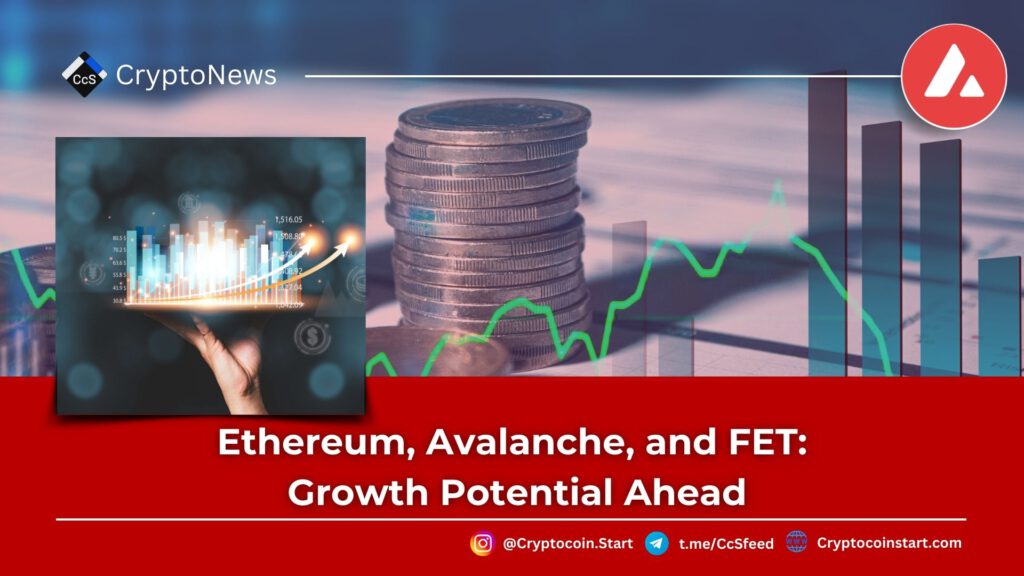
Ethereum, Avalanche, and FET Poised for Price Growth: Key Support Levels to Watch
Rekt Capital, a prominent market observer, has identified Ethereum (ETH), Avalanche (AVAX), and the FET token as digital assets with significant growth potential. In a recent update shared with his extensive social media following, he emphasized the importance of maintaining critical support levels for these cryptocurrencies to capitalize on their price surges.
Why is Ethereum’s Support Level Critical?
Ethereum (ETH) is currently navigating an important price level. According to Rekt Capital, for Ethereum to rally towards its $4,000 target, it must maintain the $3,650 support level. The market analyst stated, “If Ethereum can stabilize around the $3,650 mark, it could trigger a positive price movement.” With ETH trading at $3,790 and a recent 6% uptick in the last 24 hours, the outlook for Ethereum is optimistic, sparking hope among investors.
What Does the Future Hold for Avalanche and FET?
Rekt Capital is equally bullish on Avalanche (AVAX), suggesting the possibility of a retest of its previous highs. Trading at $53, AVAX has gained 6.5% in the last 24 hours, further fueling expectations for a potential push toward its March peak. However, Rekt Capital cautioned that investors should keep an eye on key support zones as AVAX tests these levels.
For the AI-driven token FET, the analyst also highlighted the importance of a specific support level at $1.77. Currently trading at $1.89, with a daily rise of 2.6%, FET’s upward movement hinges on maintaining this crucial support. Traders should monitor this level closely to gauge the token’s future trajectory.
Key Points for Investors
- Ethereum must hold the $3,650 support for further growth potential.
- Avalanche shows promise but requires careful monitoring of critical levels.
- FET’s price movement heavily depends on maintaining the $1.77 support level.
While Rekt Capital’s insights offer valuable guidance amidst the volatile nature of the crypto market, he advises investors to exercise caution and make well-informed decisions. As he aptly noted, “Historical data may not predict future outcomes, but employing the right strategy can open doors to opportunities.”


